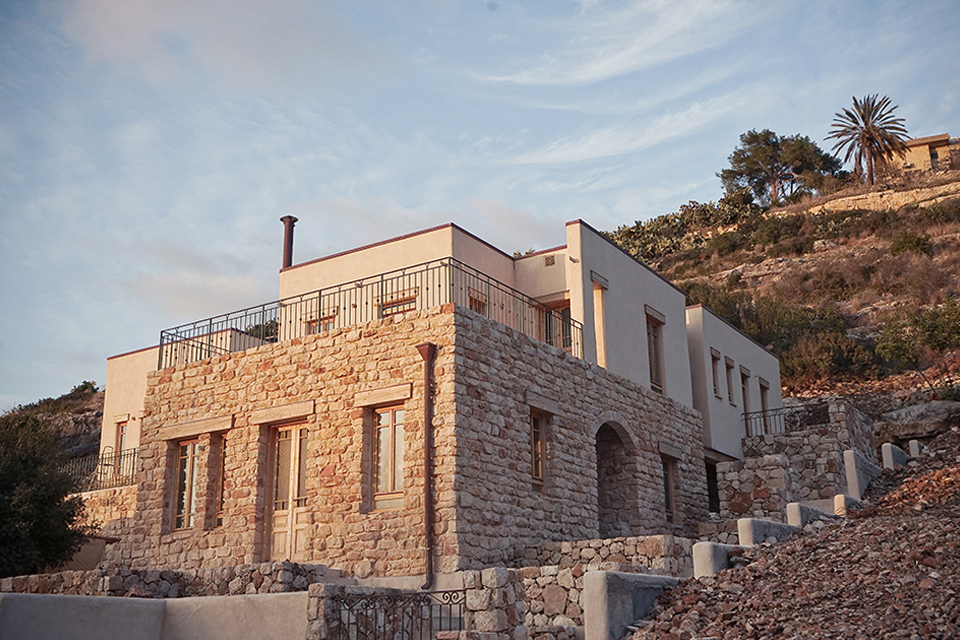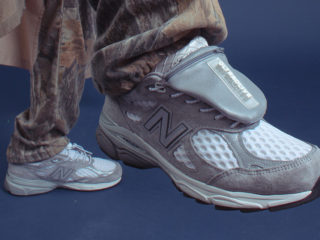Yes, you read that right. This private home sits on the southern slope of Mount Carmel in the Israeli town of Ein Hod, a small artists village right across from the Mediterranean sea. Except rather than being built from traditional building materials like steel, cement, and, in Israel, Jerusalem limestone, it’s made from hemp!
Why hemp? Well, the property’s owners were looking for a home that would not only align with their thoughts on sustainable living, but also blend in seamlessly with the natural beauty of the area’s surroundings, so they contacted Haifa’s Tav Group, the country’s premier ecological architecture and design firm, to build one. Hemp seemed like the right natural fit for many reasons, and with the help of the Botz Group (Botz meaning mud in hebrew) spearheading the hempcrete wall casting and Michael Ring, the carpenter in charge of handling the wooden framework for the walls and timber for the ceilings, they did just that. And the results are truly stunning.
The walls of the main floor are built from what’s known as hemp hurd, which is the soft inner core of the hemp plant’s stem that’s known to be rich in cellulose, highly absorbent, and posses great thermal and acoustic properties. The hurds were then bound with hydraulic lime and cast in timber frames, a rather unique ecological method of construction that helps provide superior thermal insulation. The interior partitions, meanwhile, were made from rammed earth cast on wooden frames to further contribute to the home’s high thermal mass. The exterior was then coated with a natural lime-based plaster (reflecting the country’s predominant use of Jerusalem limestone) and the interior surfaces treated with a thick layer of earth-based plaster, further increasing the home’s unique method of climate moderation.
“The owner of the house is very dedicated to environmental issues,” said Tav Group’s founding partner Maoz Alon. “So he went and learned about this method in France and imported the whole idea to Israel.”
In fact, even the hemp was imported from France and had been grown specifically for construction purposes, while a specially aged lime from France was used to help reflect the use of Jerusalem limestone throughout the country. The wood was also imported, having come from a sustainable forest all the way out in Canada.
“Centuries ago and up to the beginning of the 20th century, one could find straw and mud houses in rural areas here (in Israel),” said Alon. “But mud is susceptible to rainfall erosion versus lime, which eventually becomes limestone, and cannabis hurds, which are much stronger and more durable than straw.”
Alon went on to say how the innovative design and construction of the country’s first hemp home all stems from the “fusion of novel technology with traditional, local proven architectural patterns with natural materials sourced from Israel and abroad.” Natural materials that, as Alon put it, “smell and feel so good throughout the building process.”
Unfortunately, that feel-good smell comes at a cost. One that’s almost 150% higher than a regular, more conventional home similar in size. That being said, both the Tav and the Botz groups are confident they can bring down that price (and the time it took to build it) significantly now that they’ve essentially perfected the process.
Either way, one thing’s for sure—with cannabis now flooding the legal markets, they certainly won’t have any issues sourcing it. Or smoking it, for that matter, as Israel recently joined a handful of other countries in decriminalizing it this past January (medicinal marijuana has been legal in Israel for some time now), officially putting cannabis on the map throughout the country. Just like the Tav and Botz groups hope to do, quite literally, one house at a time.
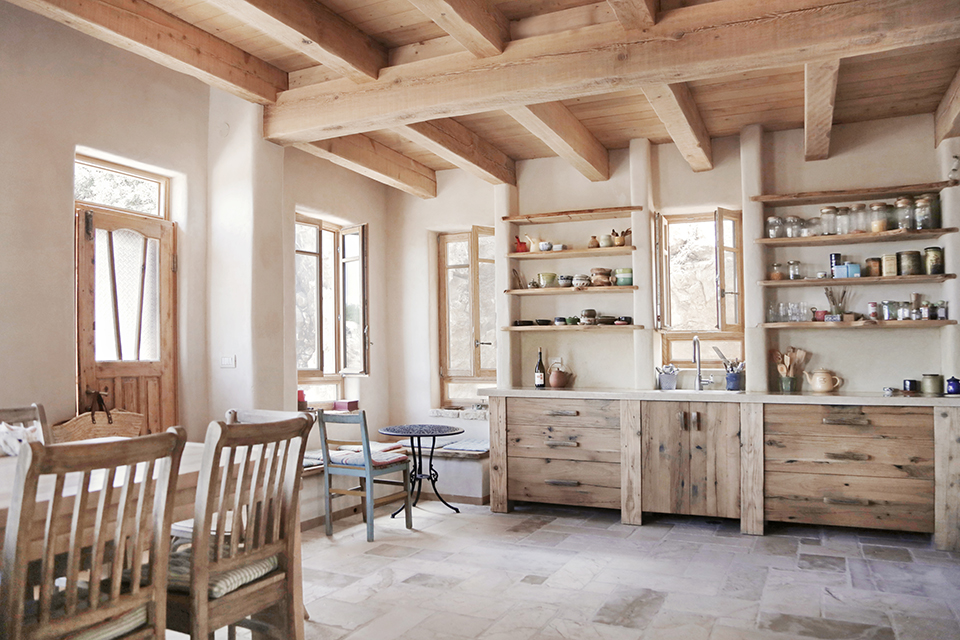
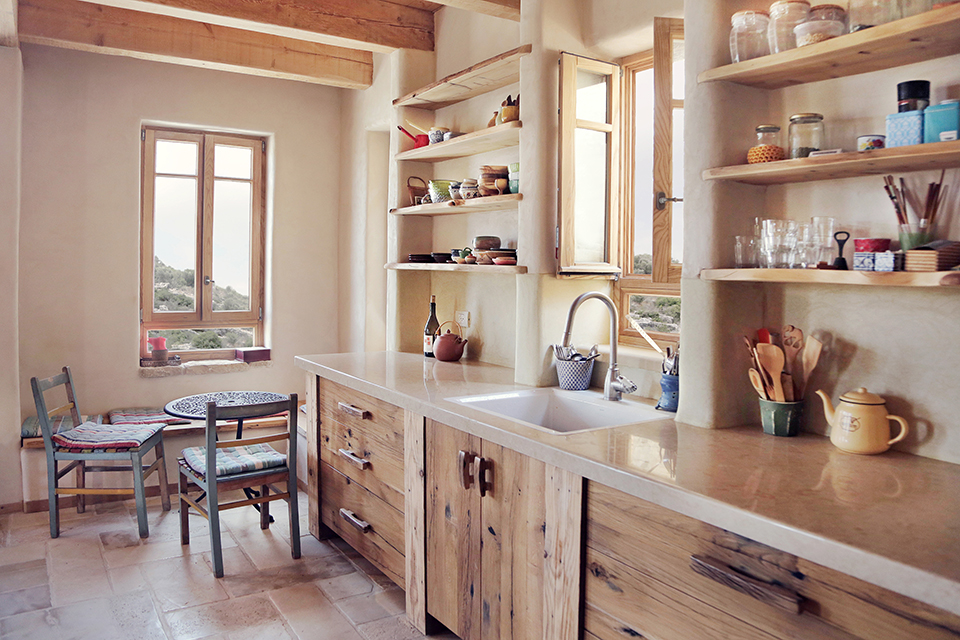
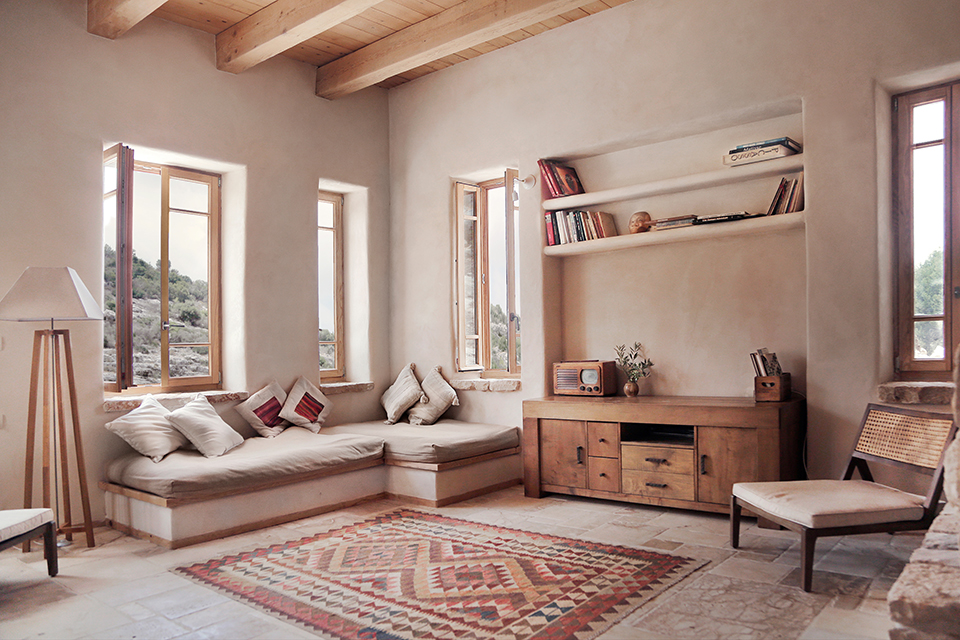
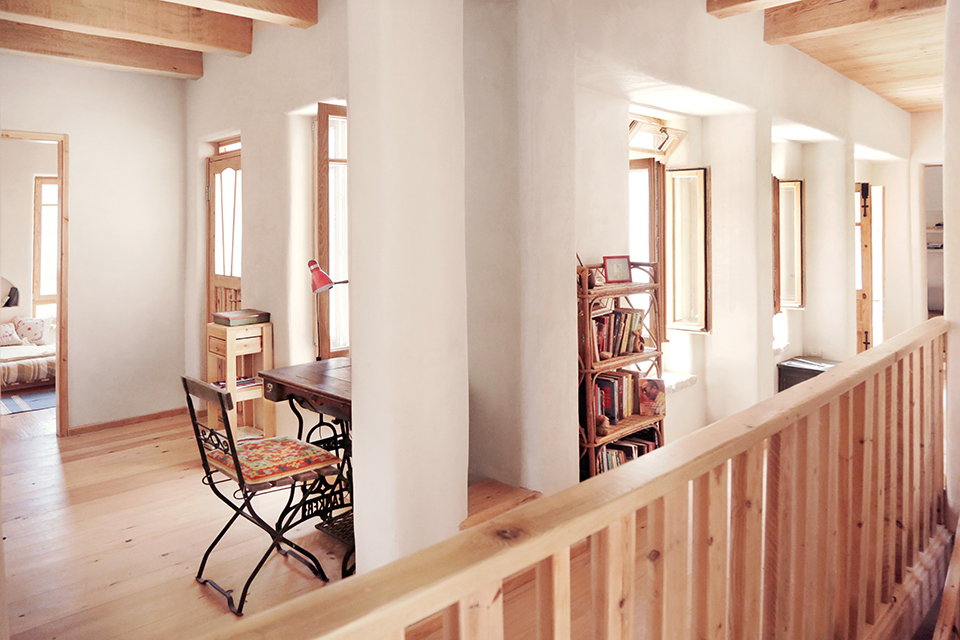
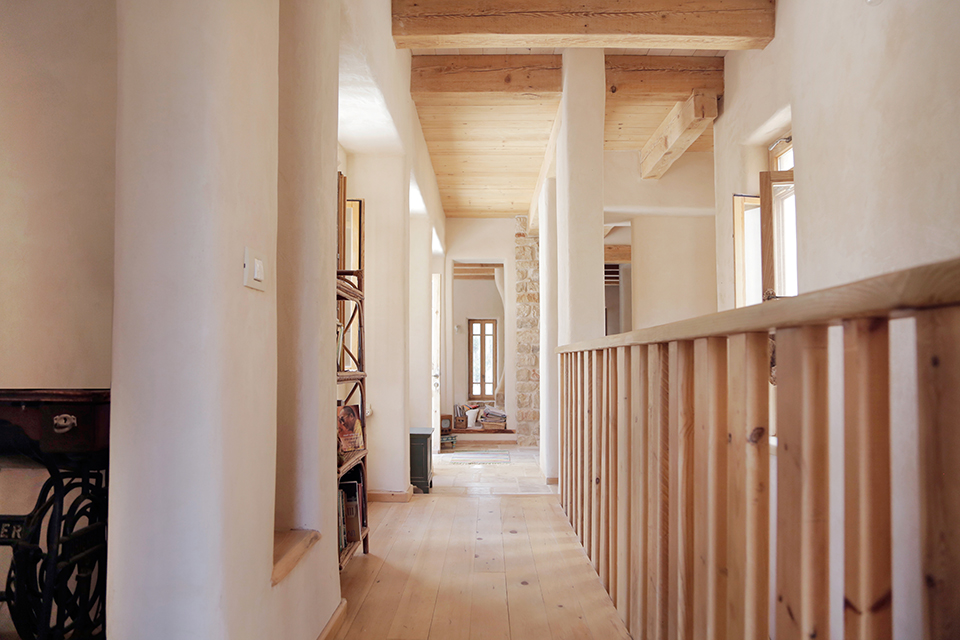
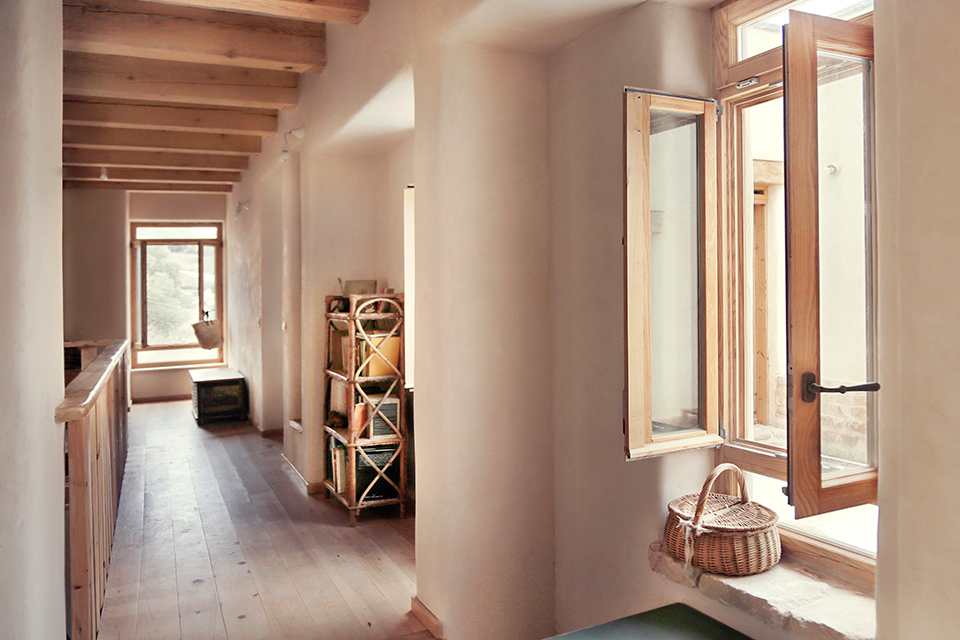
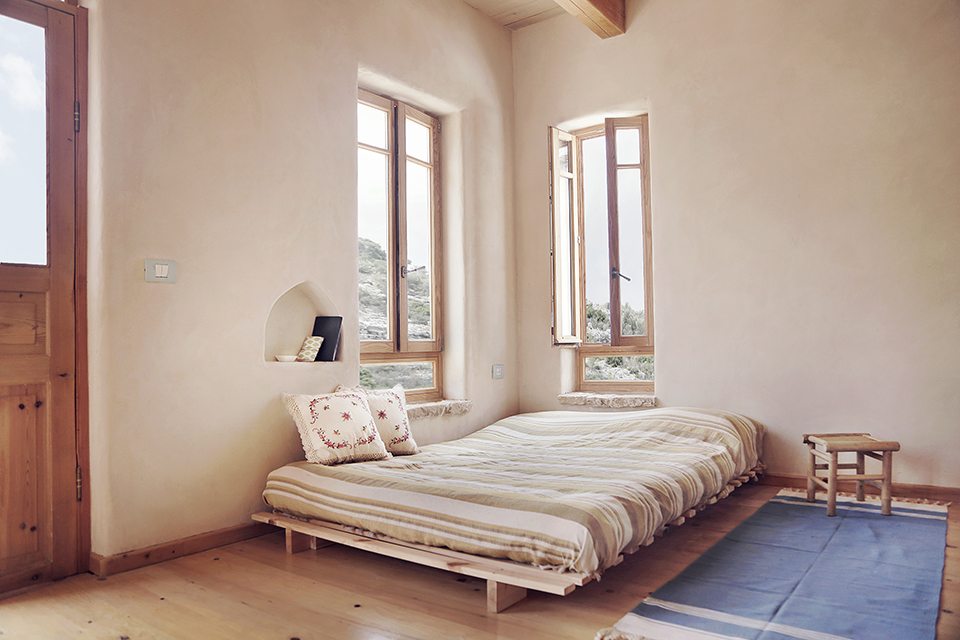
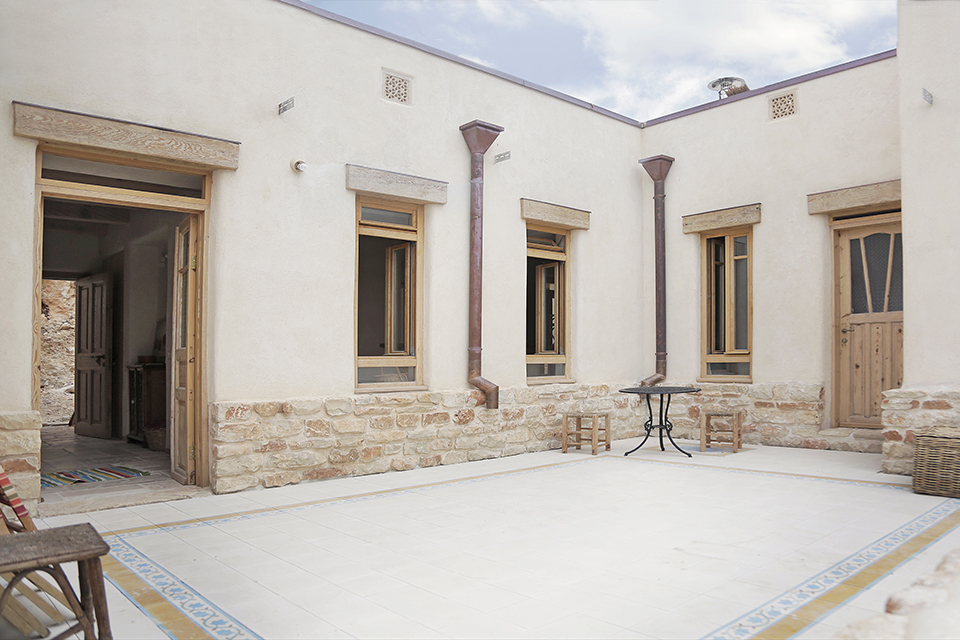
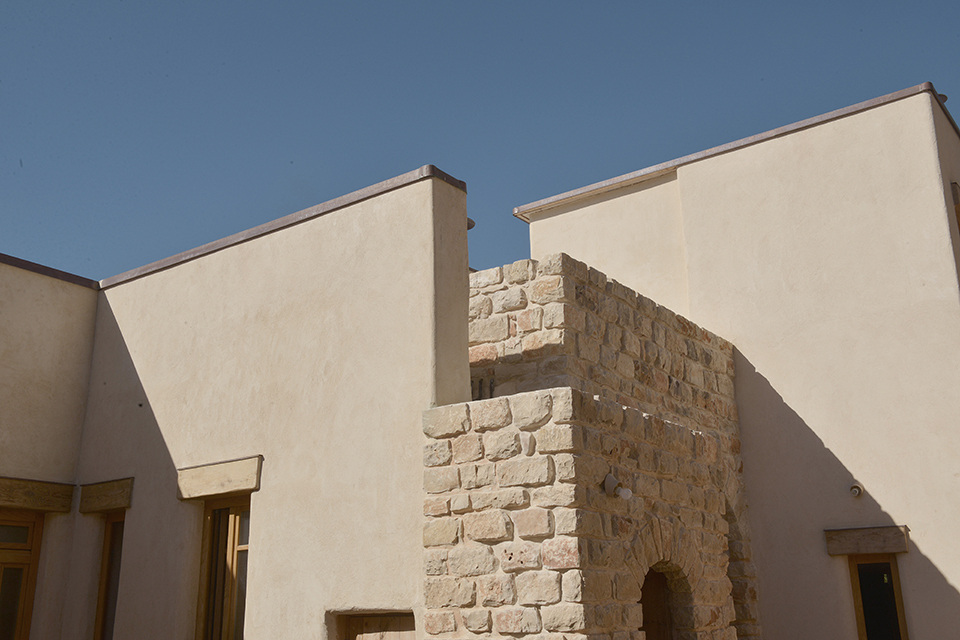
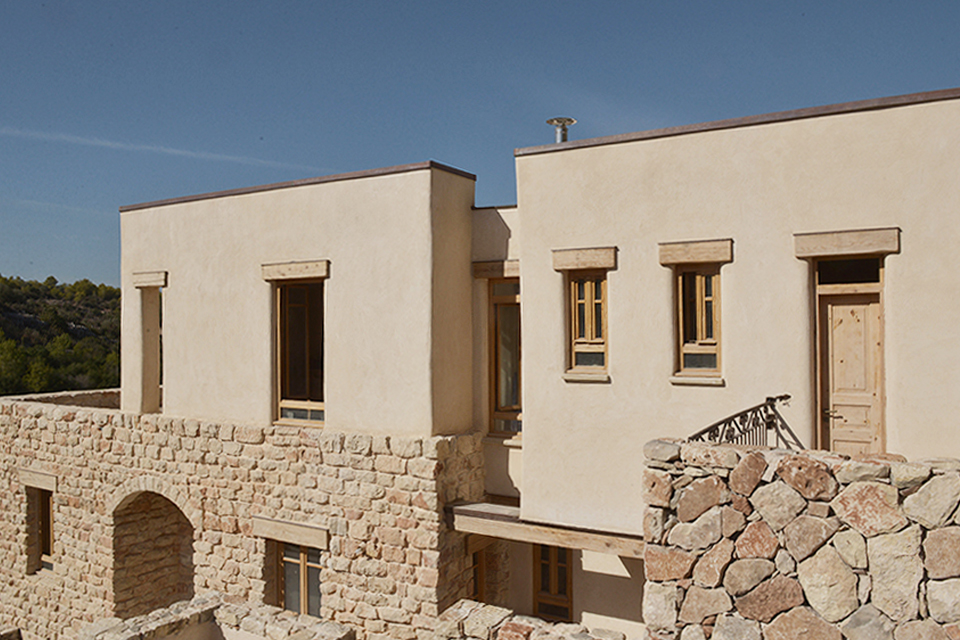
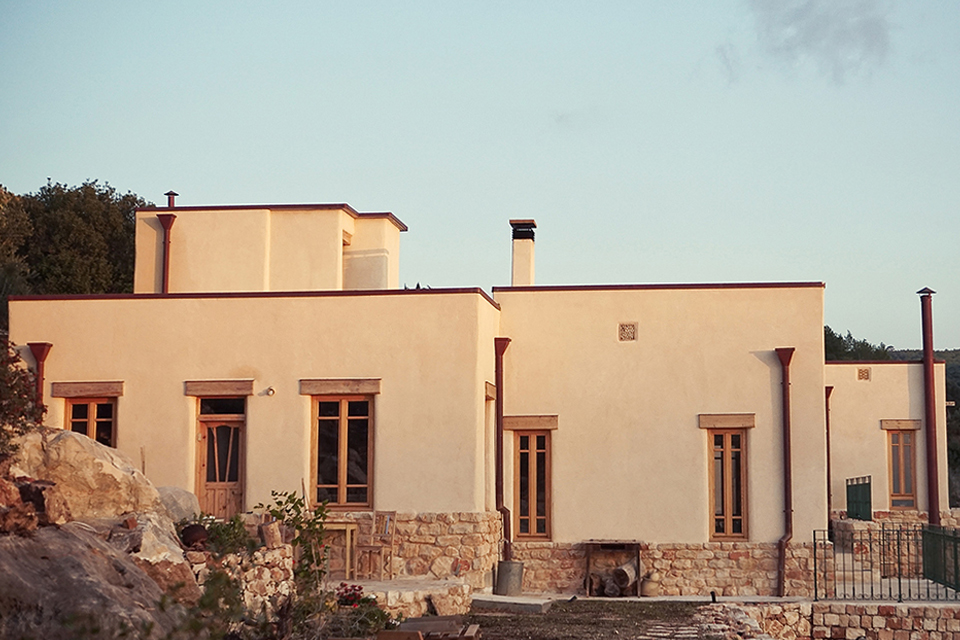
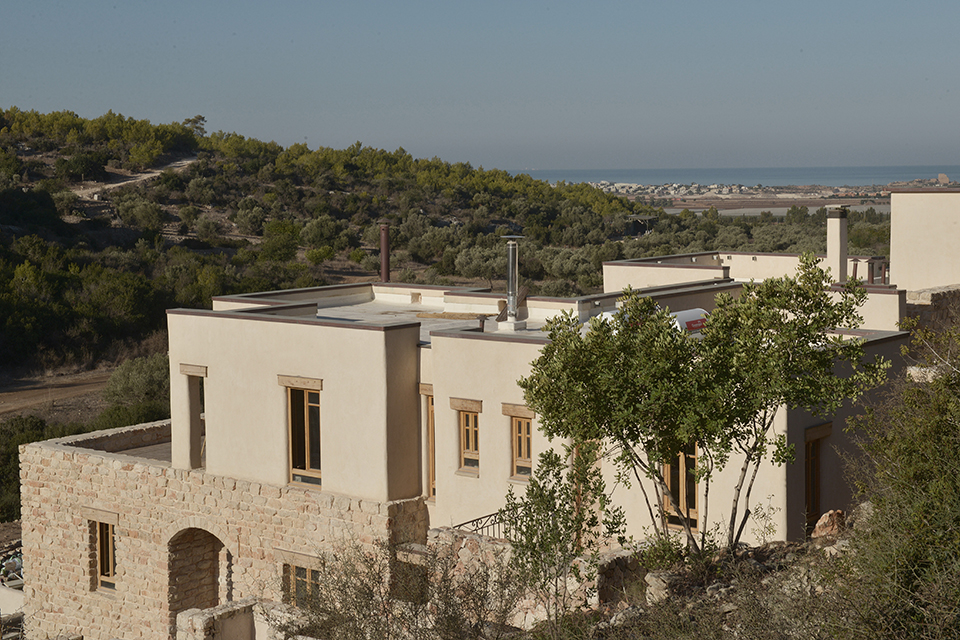
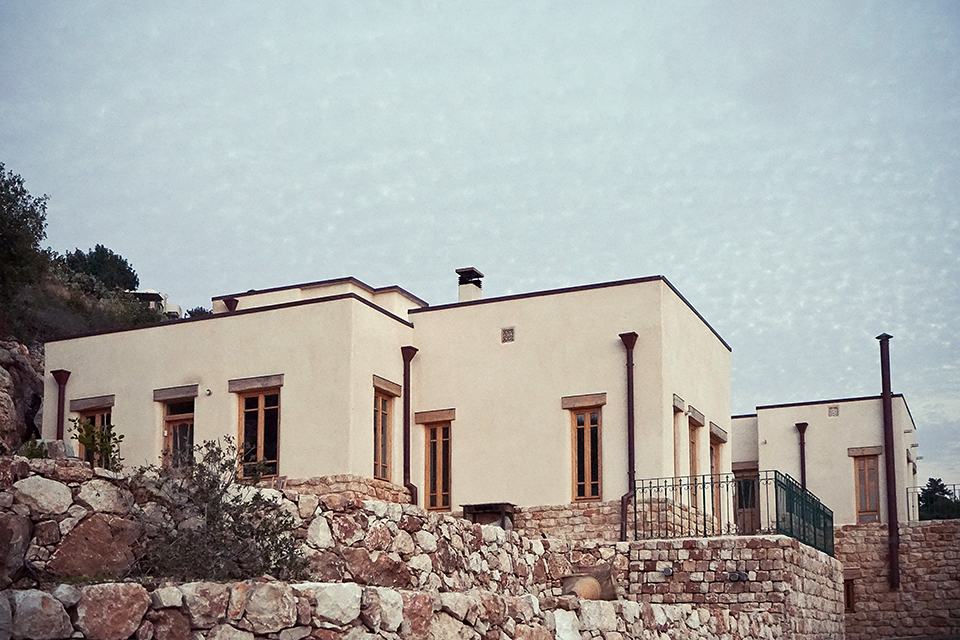
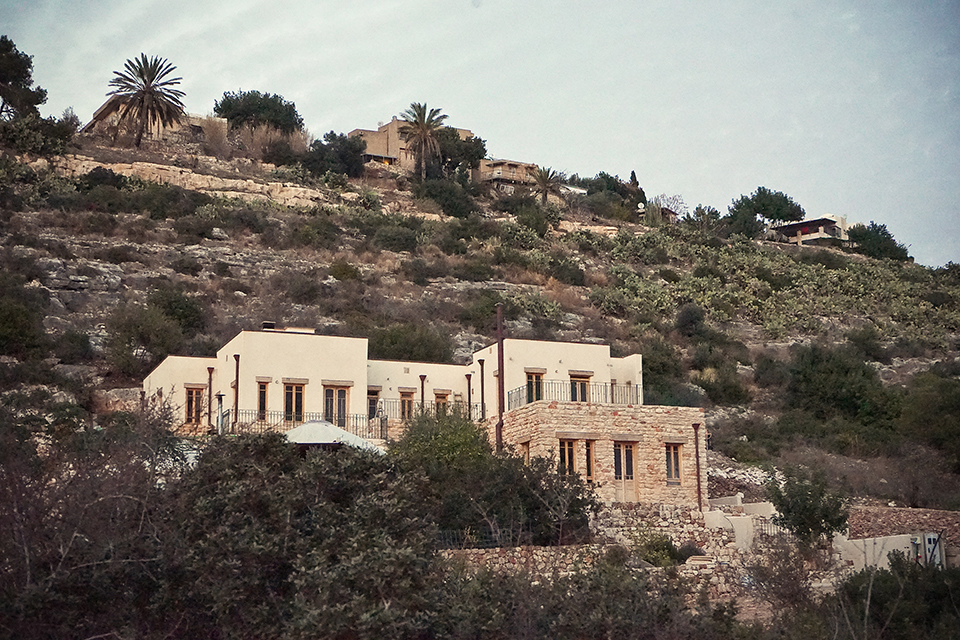
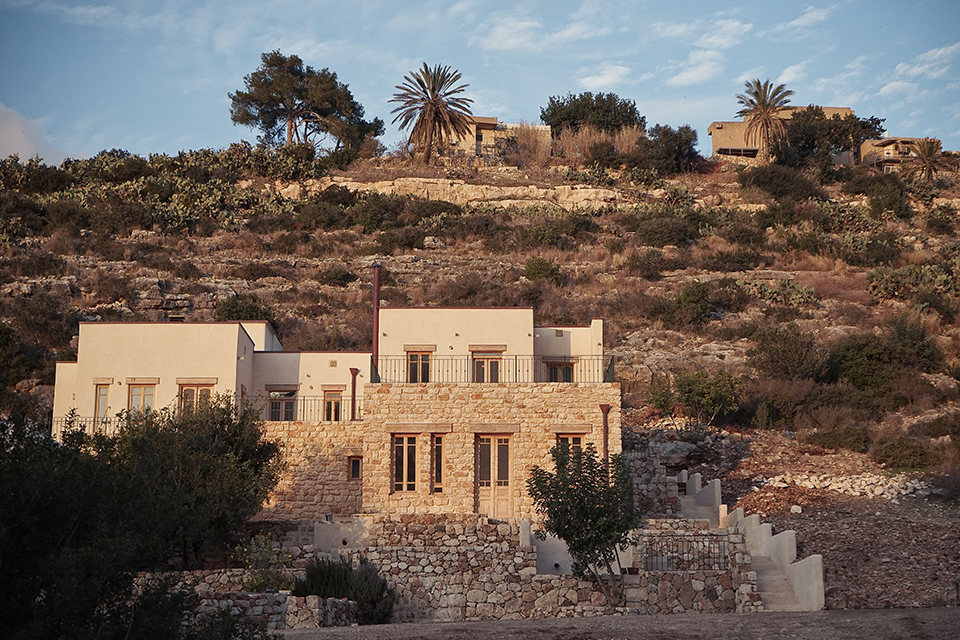
Photography by Yaeli Gabrieli (Interior) and Yoav Etiel (Exterior)

